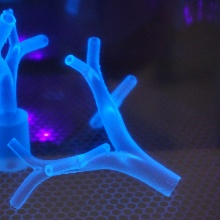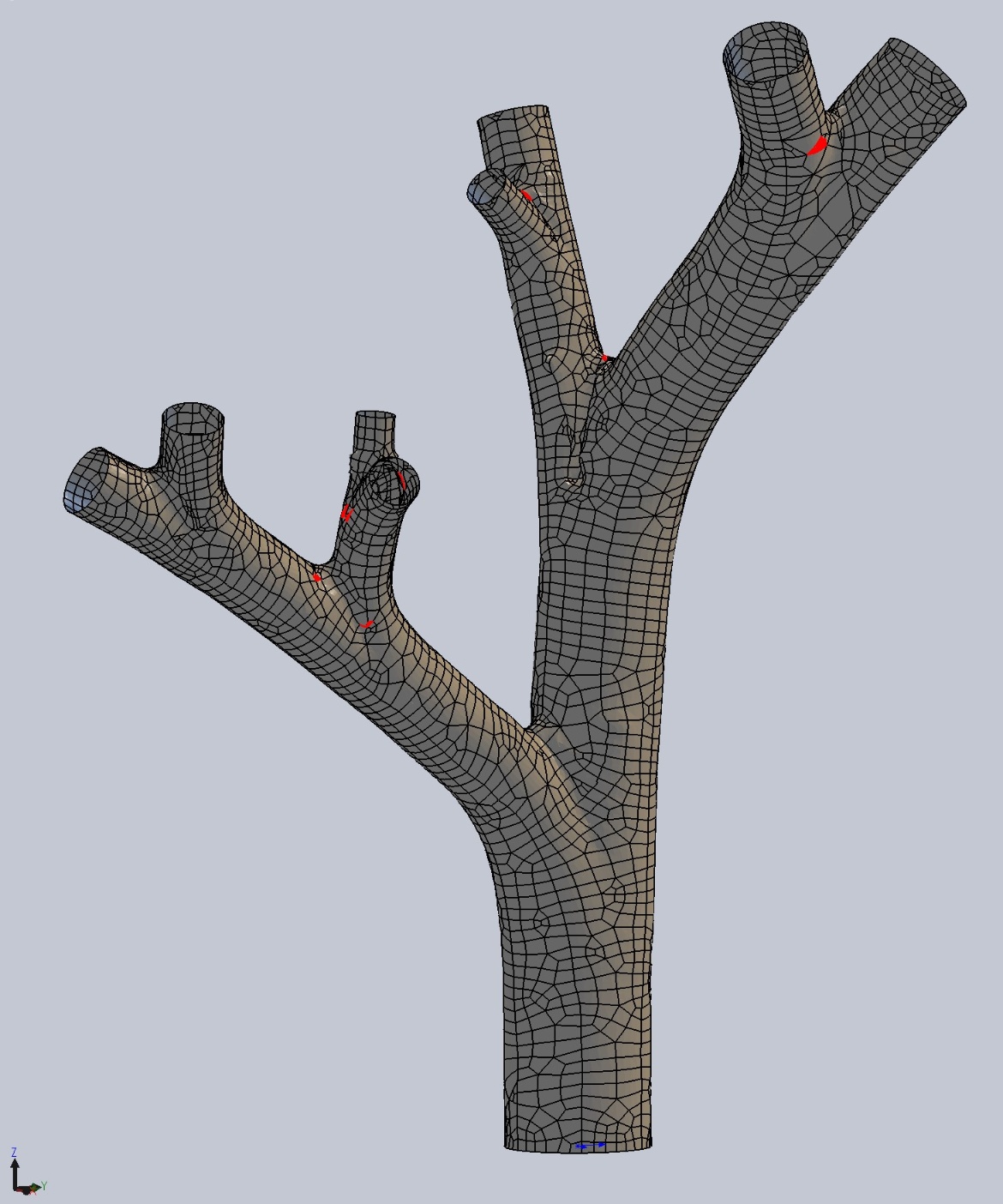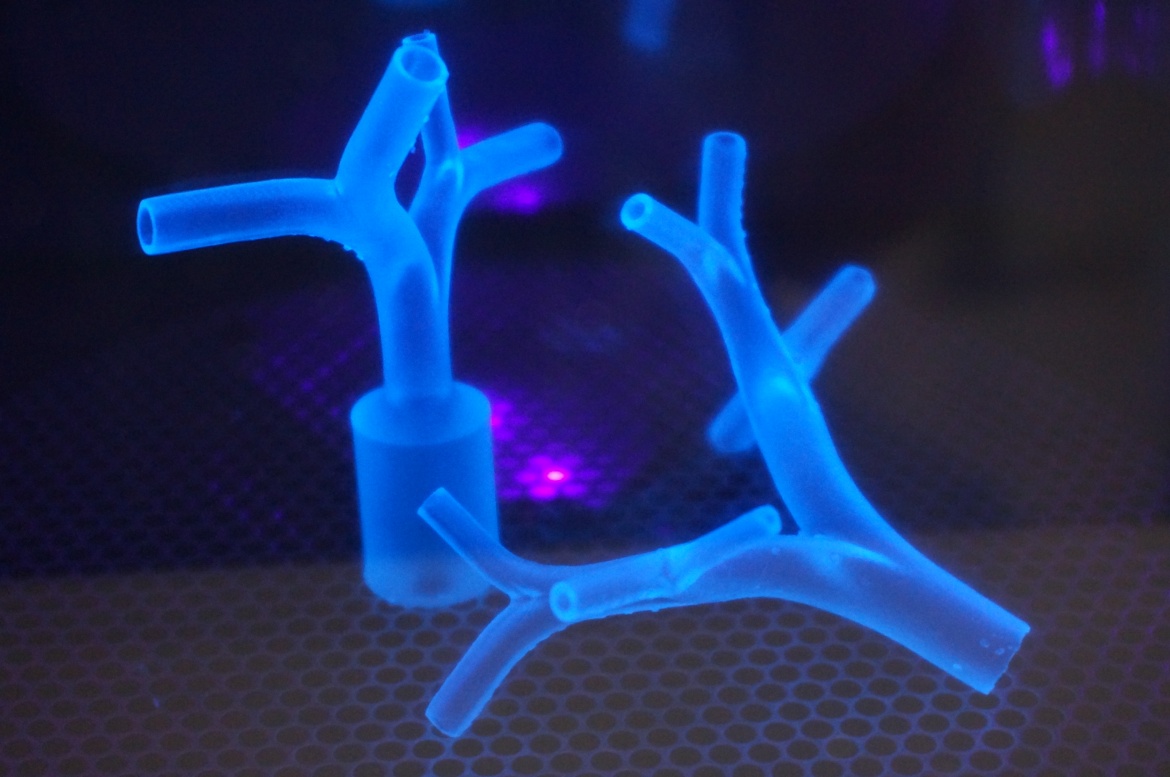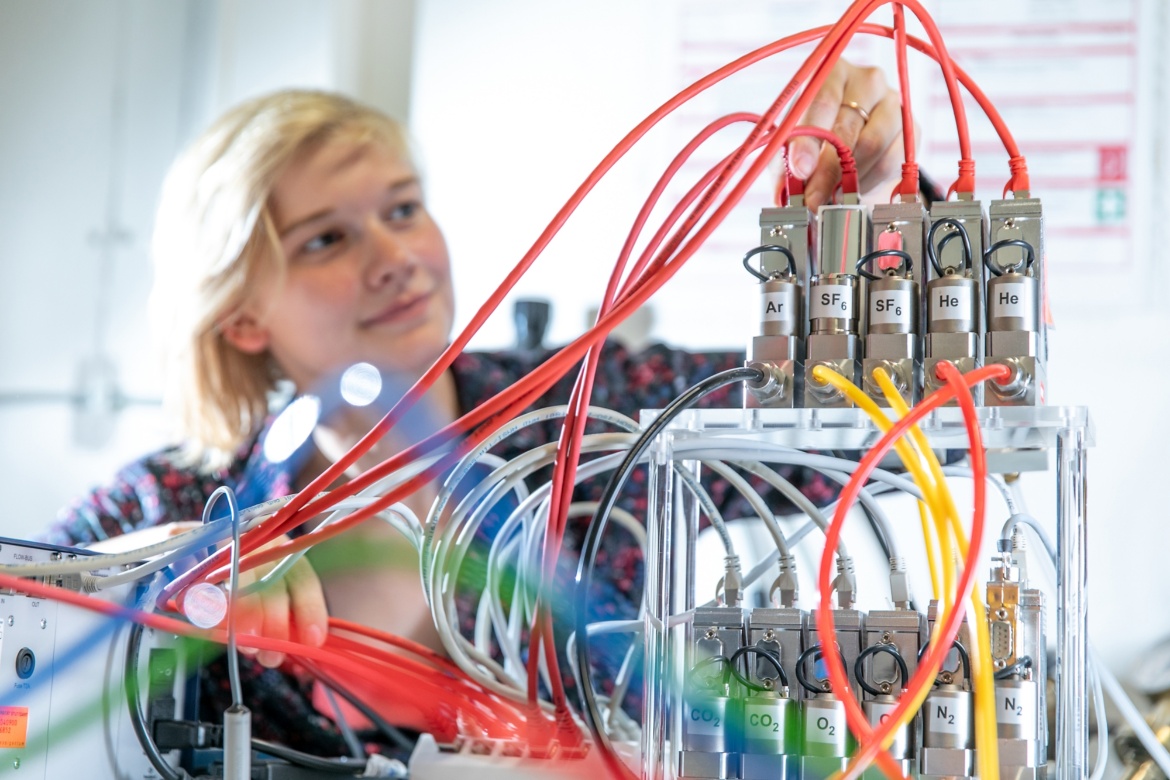Objective
Inert gas washout (IGW) is a potential method to assess ventilation inhomogeneities (VI) in the lung airways by means of an inhaled tracer gas, allowing for the determination of characteristic respiratory parameters and their deviation from physiological values in obstructive lung diseases such as asthma, chronic obstructive pulmonary disease (COPD) and cystic fibrosis (CF). In clinical practice, application of IGWs is limited by the complexity of data interpretation. The objective of our work is to develop a mathematical and physical model of the human lung for the evaluation of IGWs and its translation in a reproducible and reliable clinical method for the diagnosis of obstructive lung diseases.
Projects
Mathematical Modelling
Mathematical modelling comprises both simulation and design. Physical processes in the human lung are simulated applying gas dispersion laws to the pulmonary airways, allowing for main geometrical assumptions and simplifications. On this basis, an algorithm is developed to generate a virtual three-dimensional structure of the human bronchial tree, consisting of a network of branched tubes. This virtual structure is then used as a template for 3D printing.
Physical Modelling
Physical modelling includes the development and production of prototypes with suitable materials, geometries and mechanics for the reproduction of gas distribution in the human lung. Different production processes and polymers are investigated. The complexity of the human lung anatomy, presenting serial and highly asymmetric branching in over 20 generations, is simplified and partitioned in a modular approach and differentiate analysis of larger and smaller bronchi, with a predominance of convective and diffusive processes respectively. Particularly narrow airways in high grade generations are a challenge for the fabrication technology.
Experimental
For the generation of respiratory gas mixtures actually (and potentially) used in clinical diagnostics, an experimental setup was developed consisting of mass flow controllers for 6 different gases (N2, CO2, O2, Ar, He, SF6), a gas mixing unit and a gas analysis system including a quadrupole mass spectrometer. This enables the simulation and analysis of washout techniques on different physical lung models, representing physiological as well as pathological conditions, integratable into this setup.

Christoph Schmidt
M. Sc.Research Assistant





